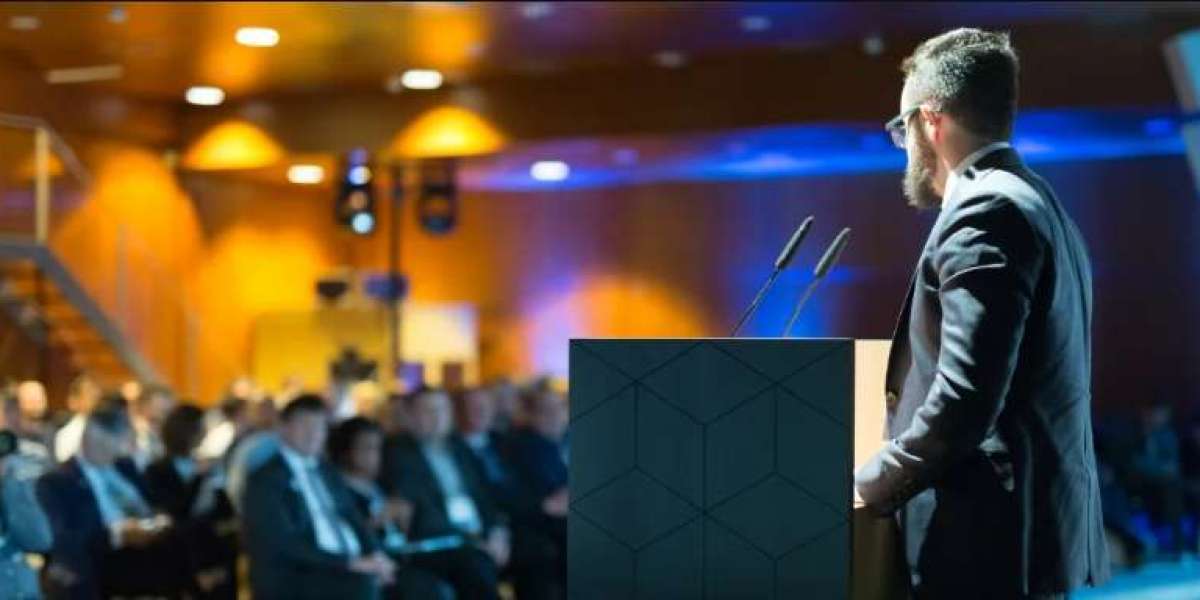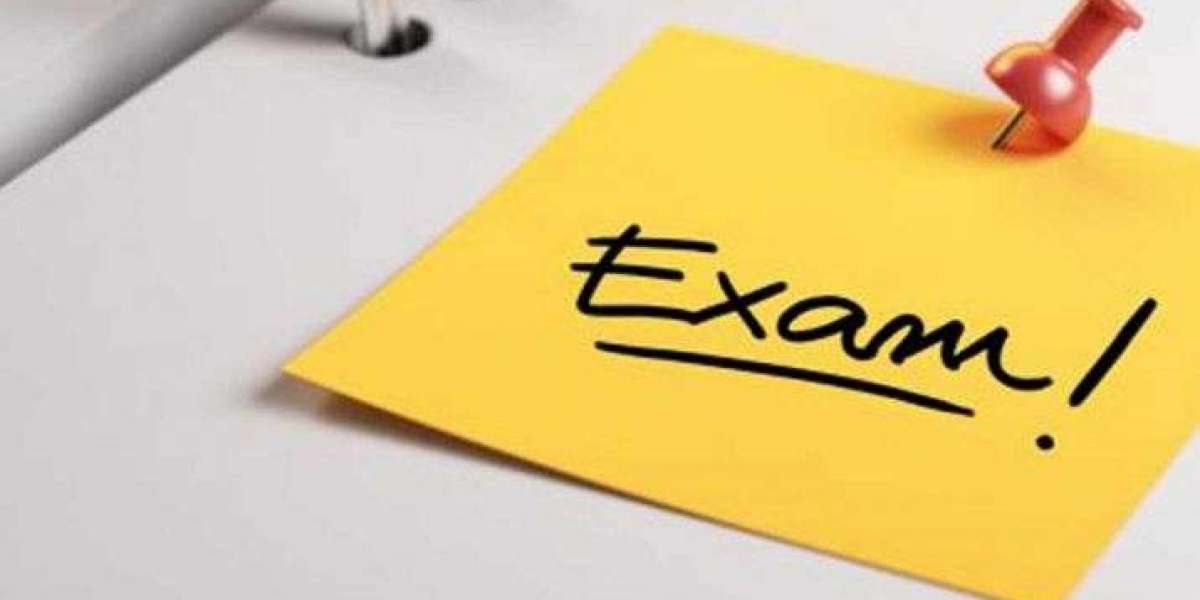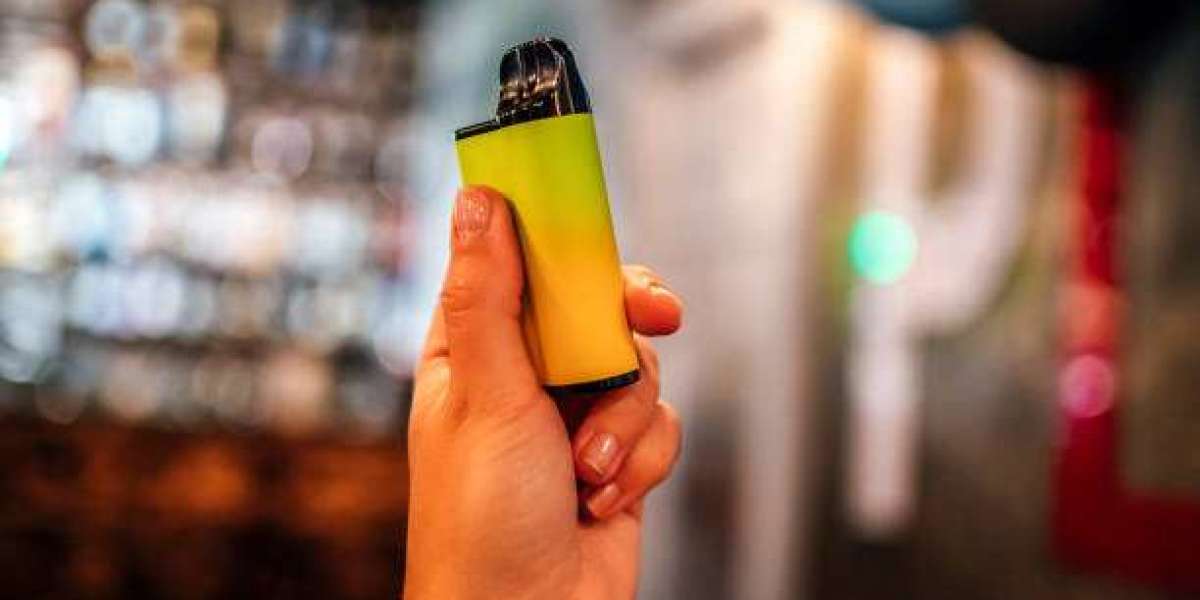Understanding Corporate Event Photography
Corporate event photography is more than just snapping pictures at a company gathering; it’s about telling your brand’s story through visuals. Imagine capturing the essence of your company in a single frame: the excitement of a product launch, the camaraderie at a team-building event, or the elegance of a gala dinner. Each photograph serves as a narrative piece, showcasing what happened and the feelings, connections, and atmosphere that defined the moment.
Why Corporate Event Photography Matters
In today’s digital world, where attention spans are shorter than ever, corporate event photography plays a pivotal role in branding and marketing. Quality images can elevate your brand’s perception, providing a visual narrative that resonates with your audience. Have you ever looked at a beautifully captured event photo and felt a connection to that brand? That’s the power of good photography! It documents the event and evokes emotions and memories that linger long after the day is over.
Choosing the Right Photographer
Selecting the right photographer is crucial to ensure your event's story is told effectively. Start by looking at their portfolio. Are their past works aligned with your vision? Don’t hesitate to ask questions about their experience with corporate events, their approach to storytelling, and how they handle unexpected situations. Remember, the right photographer should be someone who can blend into the background yet capture the essence of your brand.
Planning Your Photography Needs
Proper planning can significantly impact the quality of your corporate event photography. Consider what aspects of the event are most important to you. Do you want candid shots of attendees engaging or formal portraits? Creating a shot list can help your photographer understand your priorities. Additionally, ensure there’s clear communication with your team about the schedule, key moments, and any special requests.
Types of Corporate Events to Capture
Corporate events can vary widely, from conferences and seminars to parties and product launches. Each type presents unique opportunities for storytelling:
Conferences: Capture speakers, audience engagement, and networking.
Product Launches: Highlight the excitement and reveal moments.
Team-Building Activities: Document the camaraderie and fun.
Corporate Parties: Showcase the social side of your company culture.
Understanding the nature of your event will help shape the photographer's approach and the types of shots that will be most impactful.
Setting the Scene: Venue Considerations
The venue plays a significant role in the overall aesthetic of your photos. When choosing a location, consider its lighting, space, and decor. Natural light can enhance the quality of images, so venues with large windows or outdoor spaces are often ideal. Additionally, the venue should reflect your brand’s image and values. For instance, a sleek modern space may suit a tech company, while a rustic venue could be perfect for a more casual brand.
Pre-Event Preparations for Photographers
Preparing the photographer before the event can make a world of difference. Share the event timeline, key people to photograph, and any special moments you want captured. Also, provide them with branding guidelines, so they know how to represent your company visually. A pre-event meeting can help align everyone’s expectations and ensure a smooth photography process.
Capturing Key Moments During the Event
During the event, it’s essential to capture key moments that encapsulate the spirit of the occasion. This might include:
Arrival of Guests: The excitement as attendees enter.
Keynote Speeches: Capturing the energy of speakers and audience reactions.
Networking Moments: Genuine interactions that showcase connections being made.
Candid Shots: Unposed images that reflect the natural flow of the event.
Remember, the best photos often come from unexpected moments, so it’s essential to let your photographer be flexible and creative.
Post-Event Editing and Delivery
Once the event is over, the work isn’t finished. Post-event editing is crucial for enhancing the images and ensuring they align with your brand’s aesthetic. Discuss with your photographer the timeline for receiving the edited images and any specific styles you prefer. A well-edited gallery can make a significant difference in how your brand is perceived.
Showcasing Your Brand's Story Through Photos
Photos should not only capture moments but also convey your brand’s identity. Each image should reflect your values and messaging. For instance, if your brand focuses on innovation, the images should showcase creativity and forward-thinking. Use photos in your marketing materials, on your website, and across social media platforms to create a cohesive narrative that resonates with your audience.
Integrating Photos into Your Marketing
Once you have a collection of stunning images, think about how to use them effectively. Incorporate them into various marketing channels, such as:
Social Media: Share highlights and engage with your audience.
Company Newsletters: Keep stakeholders updated with visual storytelling.
Press Releases: Use images to enhance media coverage of your events.
The more places you feature your event photography, the more impact it will have on your brand visibility.
The Role of Social Media in Event Photography
Social media is a powerful platform for showcasing your corporate event photography. Use platforms like Instagram, Facebook, and LinkedIn to share images and engage with your audience. Consider creating a unique hashtag for your event to encourage attendees to share their experiences, further amplifying your brand’s reach.
Creating a Lasting Impact
To ensure your corporate event photography leaves a lasting impression, consider the overall experience for your guests. A well-documented event enhances the perception of your brand and can lead to increased engagement and loyalty. Use photography as a tool not only to remember the event but to build connections and relationships.
Tips for Hiring an Event Photographer
When hiring an event photographer, keep these tips in mind:
Research: Look for photographers who specialize in corporate events.
Portfolio Review: Check their previous work for style and quality.
Communication: Discuss your vision and expectations clearly.
Budgeting: Understand the costs involved and choose a photographer that fits your budget without compromising quality.
References: Ask for client references to gauge their reliability.
Conclusion
Corporate event photography is an essential aspect of showcasing your brand’s story. By understanding its significance, planning effectively, and choosing the right photographer, you can create stunning visuals that resonate with your audience. Remember, every image has the power to tell a story, connect with people, and enhance your brand’s identity.








